A running diary of the Hooters’ contemptible ‘And We Danced’ video:
[Note: if you’re looking this and trying to decide whether or not you want to read on, I suggest scrolling down and clicking on the second video clip– it’s the best part.]
00:07-00:14: Opening scenes. A hazy vision of rural, 1950s heartland America, a throwback to a more innocent time of sock hops and white picket fences.
00:15-00:30: Except that now two teenage boys are being thrown into the back of car, presumably as a prelude to being slain execution-style at some later point in the video. First-ever carjacking? I’m confused.
00:38-00:44: Strains of mandolin and melodica. Hmm, this isn’t so bad. Maybe we lucked out and stumbled into a Los Lobos video.
00:45-01:01: Senseless parade of 1950s tropes continues sweeping shot of vintage cars waiting to enter a drive-in movie.
I tend to associate the cultural hard-on for fifties revivalism with the 1970s (e.g. Grease, Happy Days) and forget how much it haunted us through the eighties and even into the nineties. We weren’t really into the clear until The Wonder Years was finally cancelled in 1993.
01:02-01:15: Uh oh.
01:16-01:17: Girl gets out of car and bounds towards Hooters while executing one of the two classic 80s dances: skipping while vigorously clapping hands above head.
01:19-01:20: Senseless torture of two boys trapped in car trunk at the hands of their captors. I can barely watch.
01:24-01:26: Who represents the better catch: A bee-bop baby on a hard day’s night (in other words, the heroine of this song)? Or: A small town girl on a Saturday night, albeit one who’s dancing like she’s never danced before?
01:27-01:30: Hooters keyboardist/vocalist Rob Hyman deftly executes a variant of above-described hopping-and-clapping dance with hands clapping below head.
01:31-01:34: There are a lot of different cheesy things in this video… but Hyman’s hand gestures during the ‘She was hanging on Johnny, he was holding on tight” part are really a crime against humanity.
01:49-01:51: WOW. Just a tremendous buildup to the chorus. Hyman’s combination hand-flip/leg-kick move at 01:50 might be the signature moment of 80s cheese ever captured on camera.
Let’s slow the playback rate down to 10% and take a closer look at the moves of this lovetorn young troubador:
Maybe I should do an animated gif version of the big climax… hmmm.
02:04-02:08: Satanically, there’s now second Hooters lead vocalist (guitarist Eric Bazilian) who has the same voice as the first.
02:20-02:36: There’s something about each of these guys’ necks that is too taunt and generally very hard for me to look at.
02:37-03:29: Nevermind.
03:30-03:43: No depiction of 1950s teenage America could be complete without an appearance by The Nerd. So here is he is: cringing in fear and throwing popcorn all over himself as bikers drive past him. God, this video is so wholly unimaginative, I want to kill myself.
03:50-03:52: Kidnapped boys finally beaten to death with a tire iron.
03:54: Look closely at the bottom-right corner of screen and you’ll see that Hyman does the hand-fling/leg-kick move AGAIN here.
04:30-04:38: In a final twist, the mandolin and melodica part is reprised, but with Hyman and Brazilian having displaced the Los Lobos guys.
04:39: “And we sucked! Like a wave on the ocean, romance…”

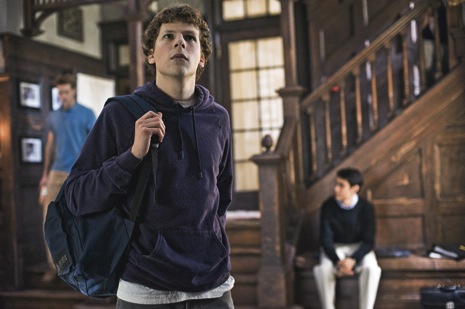
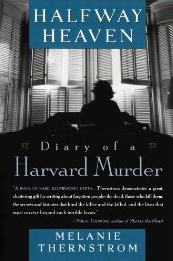
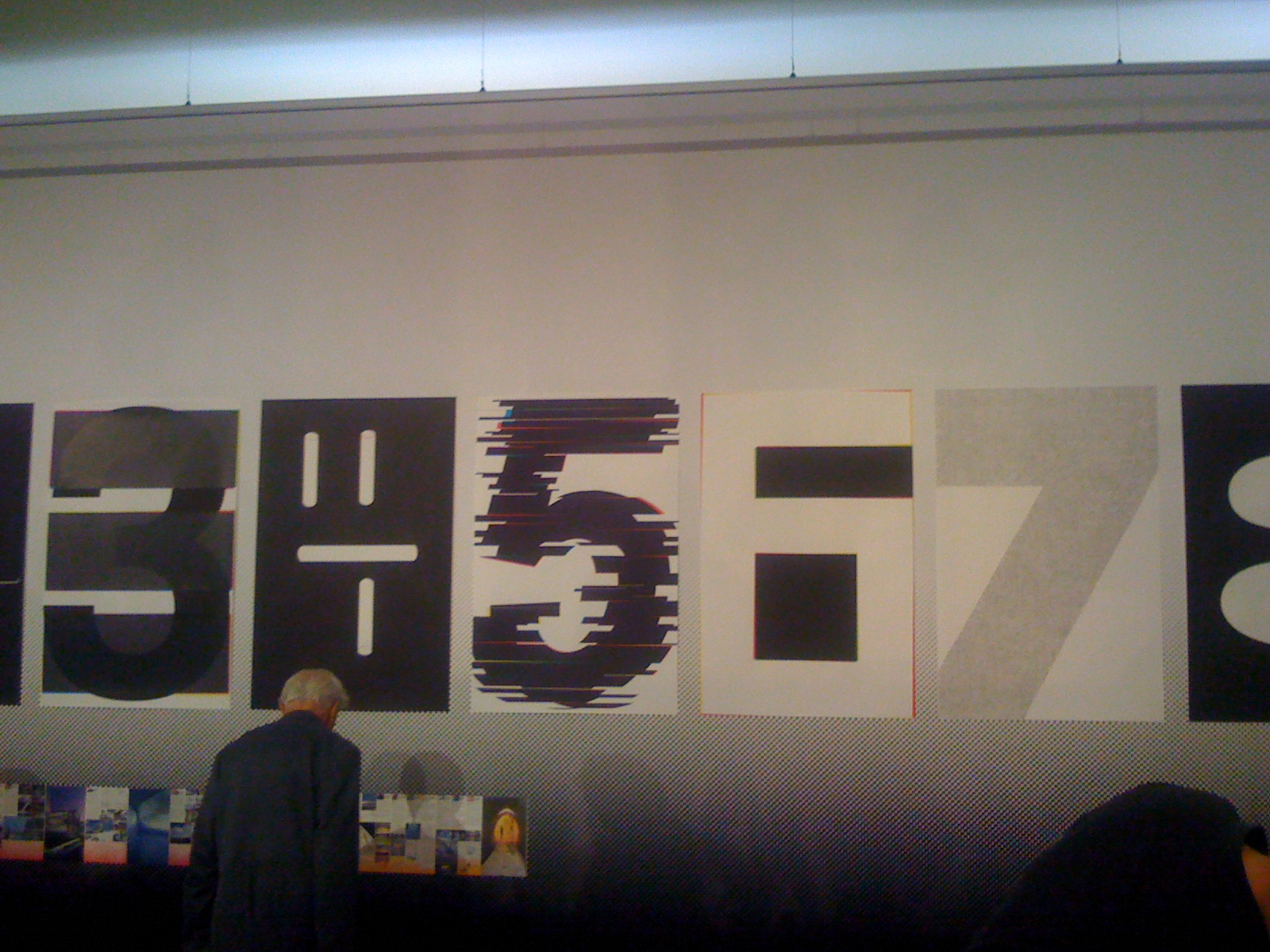




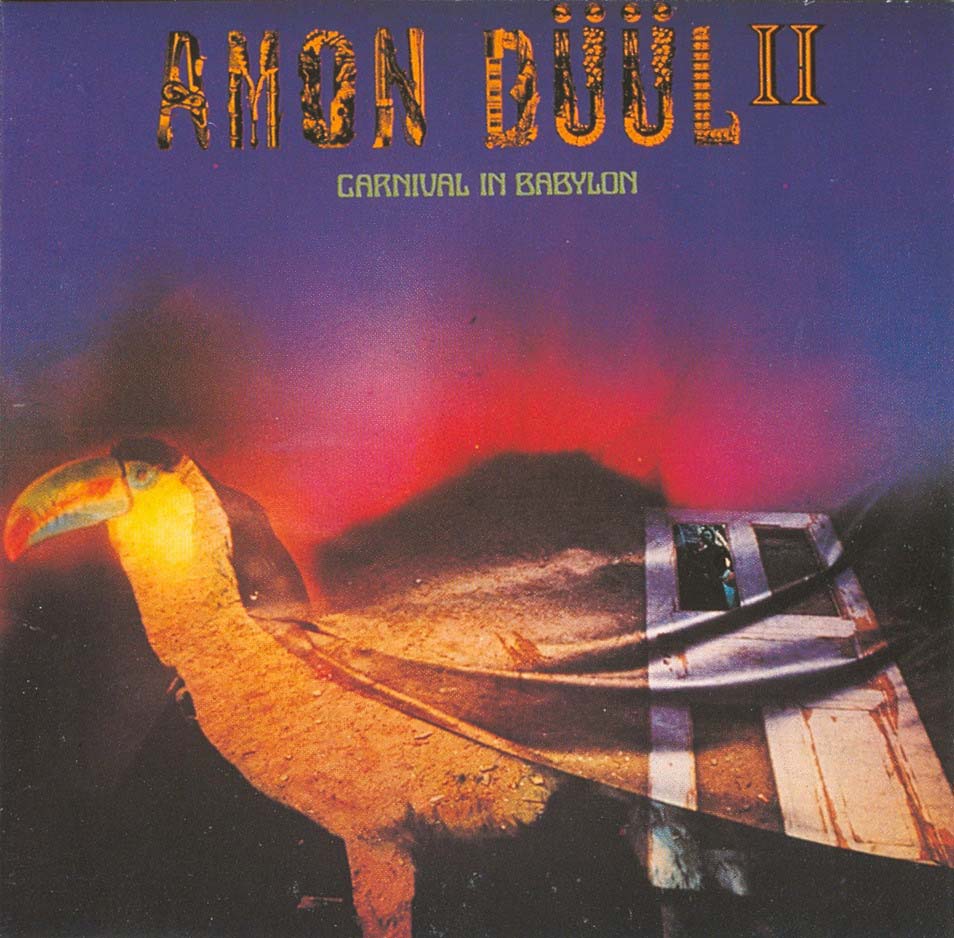
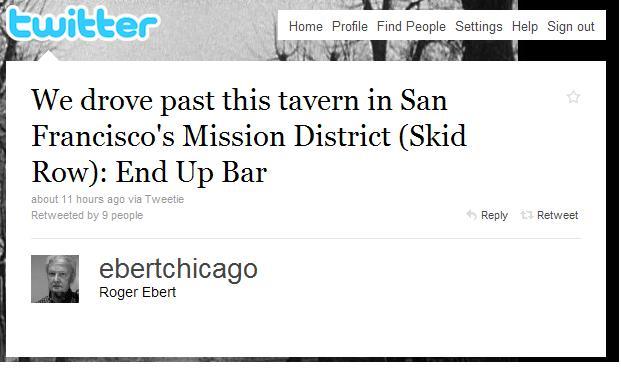
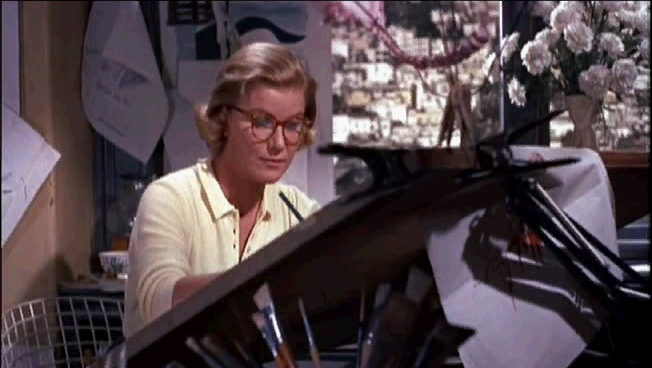
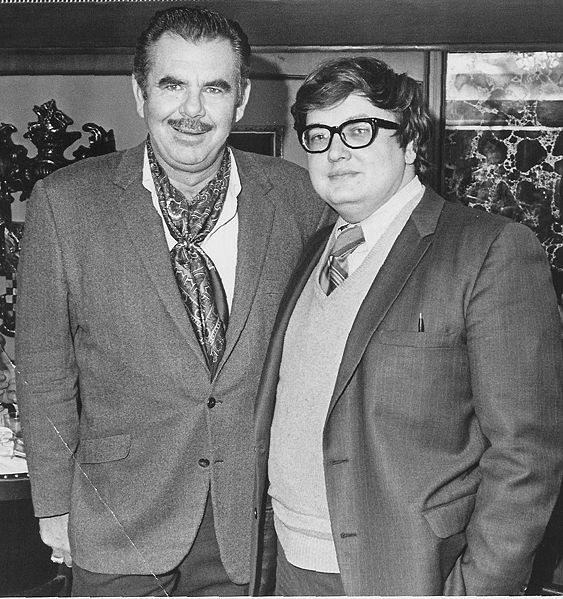
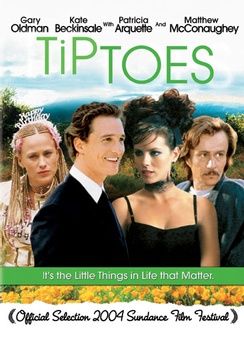













 As my friend who accompanied me pointed out, “Both the band and everybody in the audience want to pretend it’s 1989.” It was very redemptive to see them deliver a completely amazing performance of all of their old hits, and get the adoring crowd response they deserved, as they were relegated to opening for the Throwing Muses or U2 back when the material was new, despite the fact that it would be largely responsible for chart-toppers like “Smells Like Teen Spirit” and many more. It was weird, though, to realize that it isn’t just the baby boomers who are aging rock fans anymore – there is now a whole new generation of aging indie scenesters to pay the $60 cover charge to a show like this to transport them back to the halcyon days of 1989.
As my friend who accompanied me pointed out, “Both the band and everybody in the audience want to pretend it’s 1989.” It was very redemptive to see them deliver a completely amazing performance of all of their old hits, and get the adoring crowd response they deserved, as they were relegated to opening for the Throwing Muses or U2 back when the material was new, despite the fact that it would be largely responsible for chart-toppers like “Smells Like Teen Spirit” and many more. It was weird, though, to realize that it isn’t just the baby boomers who are aging rock fans anymore – there is now a whole new generation of aging indie scenesters to pay the $60 cover charge to a show like this to transport them back to the halcyon days of 1989. Although the film did eventually succumb to the criticism that I, and doubtless many others, thought of even before we saw it – “Is this 20-sentence book really going to lead to a satisfying feature-length film?” – it was nevertheless very powerful at times, especially in the opening scenes where we see how isolated Max is in his childhood world, and also, to a somewhat lesser extent, when we see how the petty jealousies and resentments from which he is fleeing exist even in his new wild kingdom, leading him to sail away back home to his still-warm supper.
Although the film did eventually succumb to the criticism that I, and doubtless many others, thought of even before we saw it – “Is this 20-sentence book really going to lead to a satisfying feature-length film?” – it was nevertheless very powerful at times, especially in the opening scenes where we see how isolated Max is in his childhood world, and also, to a somewhat lesser extent, when we see how the petty jealousies and resentments from which he is fleeing exist even in his new wild kingdom, leading him to sail away back home to his still-warm supper.